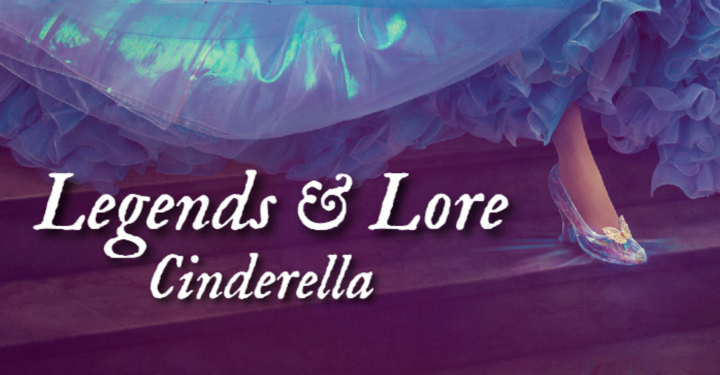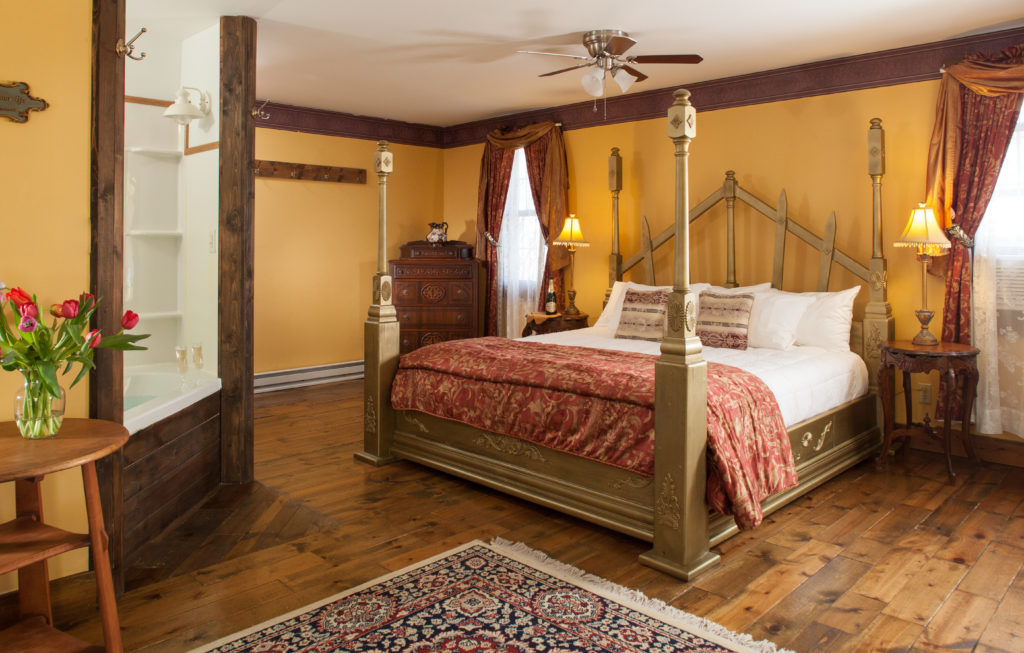
Legends & Lore: Cinderella
Our Legends & Lore this week shines a light on a tale that fosters nostalgia within us all and has thousands of variations worldwide in the form of books, movies, and music. The phrase “a Cinderella story” can essentially be interpreted as any time something good happens to someone nice, but we’re going to dive into more of the background behind the archetypes that we attribute to this story. Let’s start with a quick recap of the version we’re most familiar with.
We all know Cinderella. A young woman who exudes a good spirit – who just so happens to be caught in an unfortunate situation with her unforgivingly relentless stepmother and stepsisters. She’s a maid, working tirelessly, and getting “tsk tsks” every day. It seems hopeless, right? Indeed, it does until… voila! A Fairy Godmother! She turns a pumpkin into a carriage, Cinderella goes off to the Prince’s ball (in a gorgeous gown, by the way), woos him, but runs off so she can make it home before midnight (those were the Fairy Godmother’s terms, not hers). But not before losing one of her Fairy-Godmother-made glass slippers, which the Prince uses to eventually find Cinderella by going around town and putting that slipper on every woman’s foot until he finds her. Badabing, badaboom, they live happily ever after!
While most of us are familiar with that version of Cinderella popularized by what we have watched and read, the story itself is believed to date back to both Chinese and Greek translations from the 9th century CE and 6th century BCE, respectively.
The Greek translation highlighted the story of Rhodopis, a Greek courtesan. While there is no fairy godmother or pumpkin, the “rags to riches” model takes off when an eagle steals one of Rhodopis’ shoes. After snatching it up, the eagle makes its way across the Mediterranean Sea and the shoe ends up in the lap of an Egyptian king who saw this as a sign from the Gods. He then sets off with the shoe in search of the owner, finds Rhodopis, marries her, and she then lives a life of luxury as Queen.
So where does the story Western culture originate from? Cendrillon ou la petite pantoufle de verre written by Charles Perrault in 1697 made some changes to the story that were wildly successful from the early versions of Cinderella. Some of those changes being the pumpkin, the fairy-godmother, and the introduction of “glass” slippers – all of which remain in the story that we know today.
The Brothers Grimm, who we know from last week’s blog, had their own version dubbed Aschenputtel. While there wasn’t an extreme difference between the Grimm version and the story we grew up with, the differences there are… well, rather grim. To read the full take on the Cinderella story that has some rather darker outcomes, click here.

As with last week’s Legends & Lore, this week’s piece was inspired by a room right here at Ravenwood Castle. Cinderella’s Coach House is one of our suites that exudes romance – covered in deep reds and golds, when the light shines through the stained-glass window, nothing feels more regal. Cinderella’s Coach House has a full kitchenette, sitting area near the fireplace, a king size bed, and a double whirlpool tub. We hope to see you soon – thanks for joining us this week!


 Quoth the Raven
Quoth the Raven